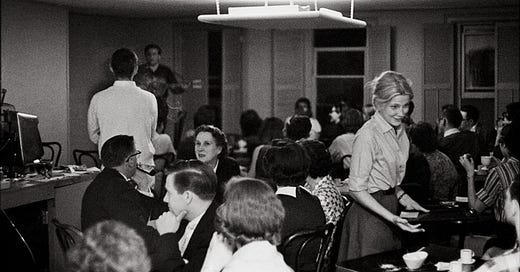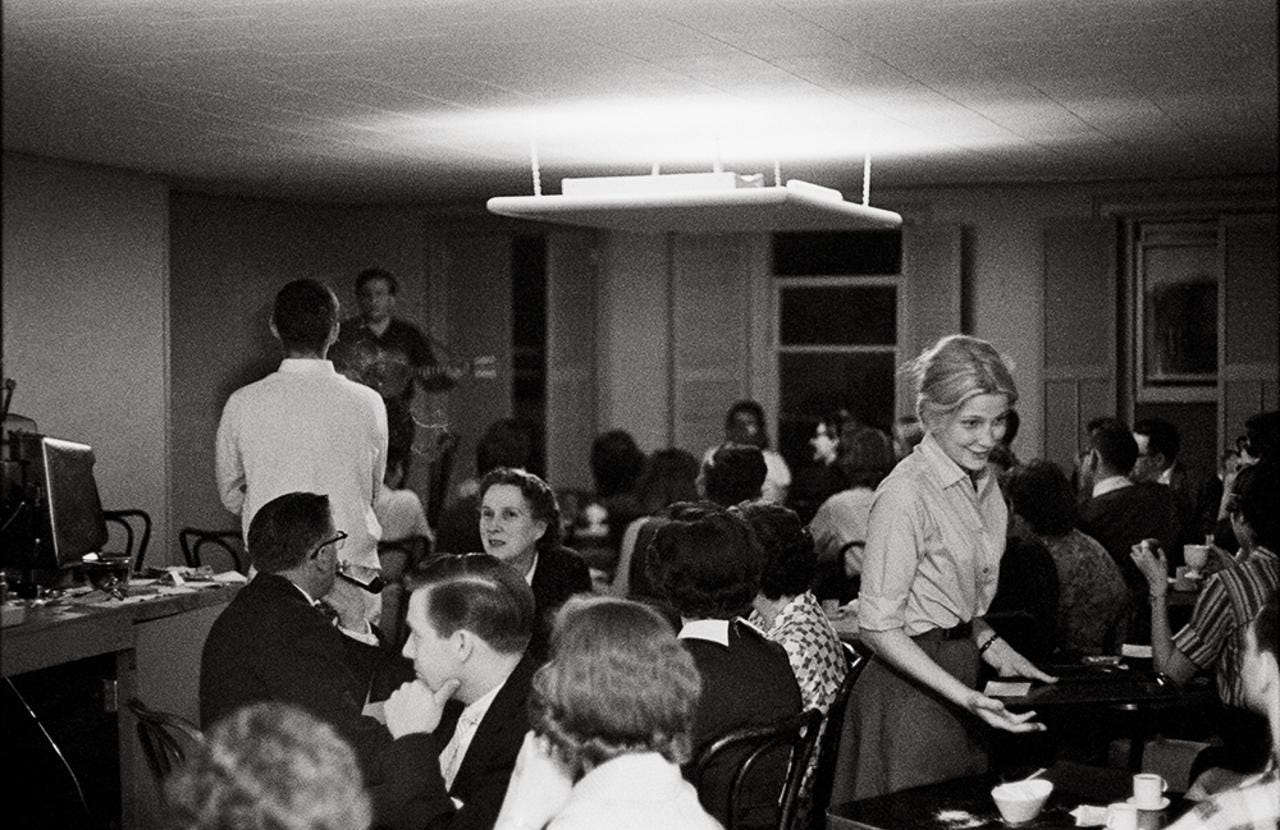The Clubhouse That Folk Built
From Rufus Wainwright to the late Pete Seeger, American music icons look back on how a dilapidated loft in upstate New York became an essential hotbed of the folk movement.
In 1960, Lena Spencer and her husband Bill opened a humble coffeehouse in Saratoga Springs, N.Y. The Spencers had barely an inkling of what Caffè Lena would become: A groundbreaking mainstay in the folk music world, providing an early venue for singer-songwriters like Bob Dylan, Don McLean and Pete Seeger. Half a century later, Caffè Lena lays claim to the title of America’s longest continually running coffeehouse. The following memories are abridged excerpts from Caffè Lena: Inside America’s Legendary Folk Music Coffeehouse, published by powerhouse Books.
I. Why We Started Caffè Lena
By Lena Spencer
Keep reading with a 7-day free trial
Subscribe to Narratively to keep reading this post and get 7 days of free access to the full post archives.





